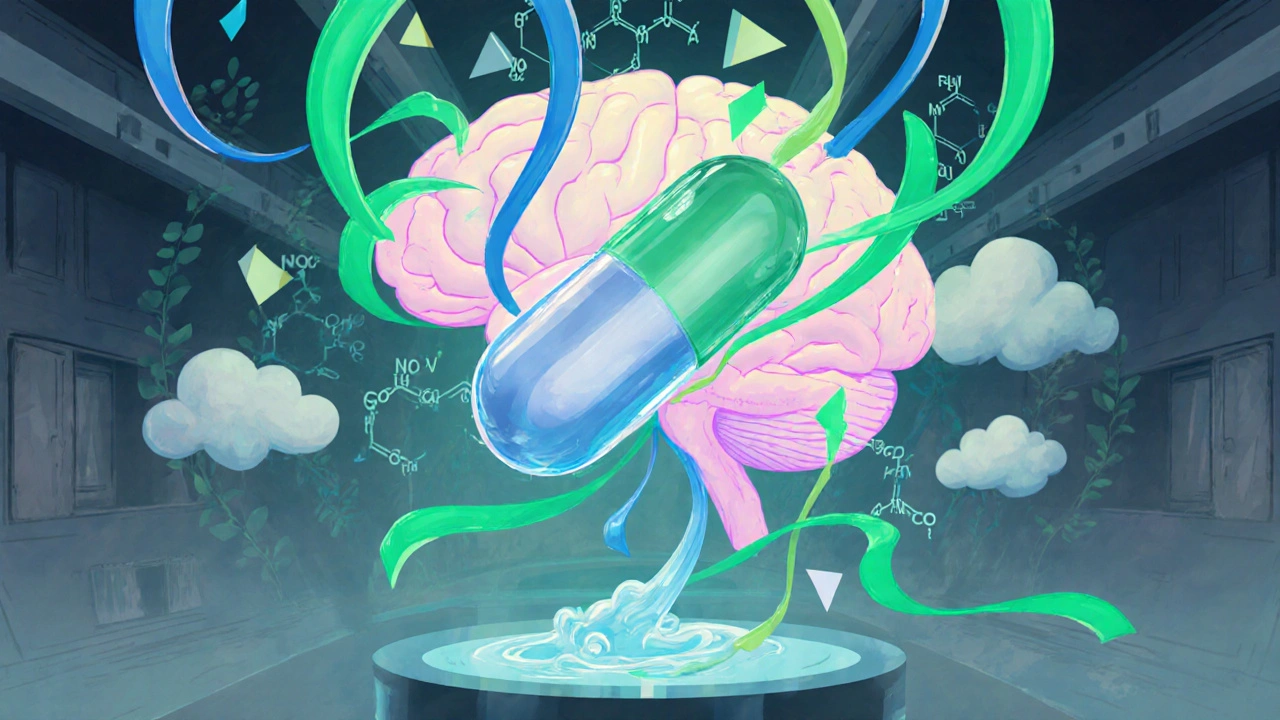Depression Medication: An Essential Overview
When working with Depression medication, drugs prescribed to alleviate symptoms of depressive disorders by targeting brain chemistry. Also known as antidepressant, it plays a central role in mental‑health treatment plans worldwide.
Depression medication isn’t a one‑size‑fits‑all solution. Each class targets different neurotransmitters, and choosing the right one depends on diagnosis, patient history, and side‑effect profile. Below we break down the most common groups you’ll encounter when browsing our collection of articles.
Key Types of Depression Medication
One major group is Selective Serotonin Reuptake Inhibitors, often abbreviated SSRIs, which boost serotonin levels by blocking its reabsorption. SSRIs such as fluoxetine or sertraline are usually first‑line because they’re effective for many patients and have a relatively mild side‑effect profile. They work by increasing serotonin availability, which helps improve mood and reduce anxiety.
Another widely used family includes Serotonin‑Norepinephrine Reuptake Inhibitors, known as SNRIs, that raise both serotonin and norepinephrine levels. By targeting two neurotransmitters, SNRIs can be especially helpful for patients with both depression and chronic pain.
For those who don’t respond to SSRIs or SNRIs, atypical options like Bupropion, a norepinephrine‑dopamine reuptake inhibitor that also aids smoking cessation offer a different mechanism. Bupropion’s impact on dopamine can improve motivation and energy, making it a good fit for patients concerned about sexual side effects common with SSRIs.
Tricyclic antidepressants (TCAs) and monoamine oxidase inhibitors (MAOIs) belong to older classes. Though they’re effective, they often carry more serious dietary restrictions and drug‑interaction risks, which is why clinicians reserve them for treatment‑resistant cases.
Beyond the drug classes, understanding Side effects, the unwanted physical or mental reactions that can arise from medication use is crucial. Common issues include nausea, weight change, insomnia, or sexual dysfunction. Recognizing these early helps patients and providers adjust dosages or switch agents before problems worsen.
Equally important are Drug interactions, situations where two or more substances affect each other’s effectiveness or safety. For example, mixing SSRIs with certain painkillers can increase bleeding risk, while MAOIs combined with certain foods can trigger dangerous hypertensive episodes.
Finally, the broader context of Mental health monitoring, regular evaluation of mood, sleep, and function during treatment ensures that medication benefits outweigh risks. Ongoing check‑ins allow clinicians to tweak therapy, address side effects, and reinforce non‑pharmacologic strategies like therapy or lifestyle changes.
Our curated articles below dive deeper into each of these topics—from diet tips that reduce SSRI side effects to detailed comparisons of bupropion versus other antidepressants. Whether you’re starting a new prescription or looking for ways to fine‑tune an existing regimen, you’ll find practical insights to help you make informed decisions.
About
Medications

